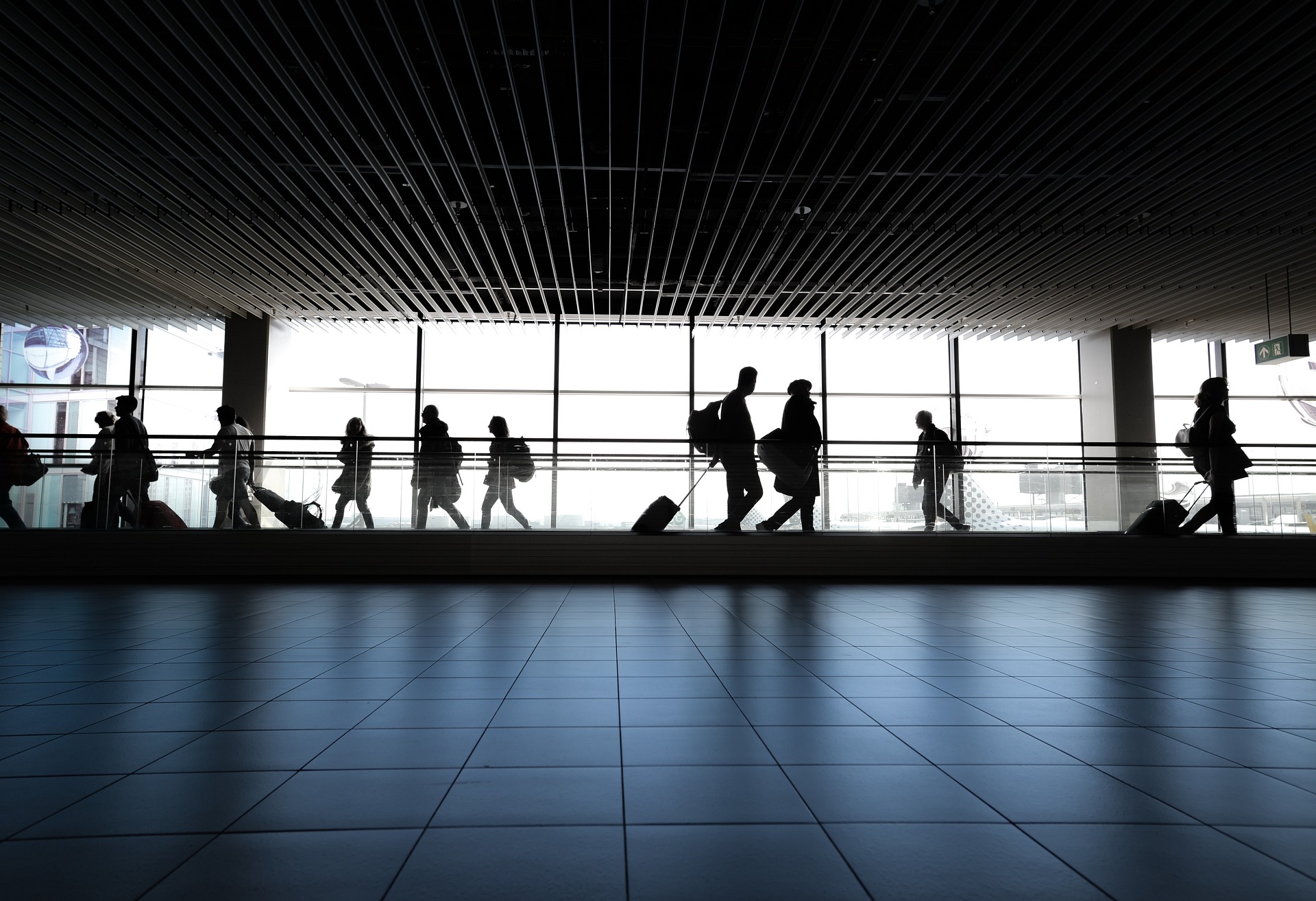Assessing Baggage Policies and Regional Fee Variations
Baggage policies and regional fee variations shape how travelers plan routes, select fares, and budget for transfers and airport services. Understanding differences in allowances, surcharges and local rules can reduce unexpected costs and streamline mobility. This article examines common policy drivers, how ticketing and routing interact with luggage rules, and practical pricing examples to help compare options.

How do baggage policies vary by region?
Airlines and airports set baggage allowances and surcharges based on market norms, infrastructure constraints and regulatory environments. In many regions, legacy carriers include at least one checked bag on medium- and long-haul tickets, while low-cost carriers separate luggage from the base fare. Regional differences also reflect customs and security rules: some countries limit battery-powered items or require specific labeling for oversized bags. For travelers, those variations influence routing choices, transit times through security and the likelihood of additional fees at check-in or boarding.
What drives fares and ticketing differences?
Fares and ticketing structures reflect operating costs, competition and demand management. Ticketing systems now often layer base fares with optional ancillaries—seat selection, priority boarding and baggage—so two tickets to the same destination can differ widely in total cost. Regional regulation and taxes add further variance: airport charges, local passenger levies and fuel surcharges are passed into fares in different ways. For mobility planning, comparing total ticket price including ancillaries and expected baggage fees gives a clearer view than headline fares alone.
How do airports and transfers handle luggage?
Airport infrastructure and ground transport systems affect how easily passengers move with baggage. Airports with dedicated baggage drop zones, automated transfers and good signage reduce dwell time and potential delays. Transfers—whether shuttle services, public transit or ridesharing vehicles—may impose size limits or require extra fees for oversized luggage, particularly on smaller vehicles. When planning transfers, consider routing that minimizes multiple handlings and verify local services in your area for luggage-friendly options to avoid complications during connections.
How do delays, routing and digitalization affect charges?
Delays and routing changes can trigger additional costs when baggage rules are rigid. Missed connections may lead to rebooking into fares with different baggage allowances, or the need to repurchase checked-bag options. Digitalization—mobile check-in, e-tagging and online baggage add-ons—helps travelers manage options ahead of arrival and can reduce airport queue times. However, dynamic pricing for ancillaries means last-minute purchases at kiosks or counters are often more expensive than prebooking online, so ticketing and digital tools directly influence final outlays.
How are safety, accessibility and sustainability reflected?
Baggage policy design increasingly balances safety, accessibility and environmental concerns. Restrictions on hazardous items, clear labeling for assistive devices, and fees aimed at limiting oversized luggage reflect safety and accessibility priorities. Sustainability considerations appear as incentives for lighter travel—some carriers promote carry-on-only fares or charge for heavy checked bags to reduce fuel burn. Public transit providers and ridesharing services may also adapt routing and vehicle allocation to reduce congestion, improving accessibility and lowering emissions per trip.
Real-world pricing insights and provider comparison
Real-world pricing for baggage varies by carrier, route and purchase timing. A common pattern is a modest fee for the first checked bag on domestic routes with legacy carriers, higher incremental fees for subsequent bags, and variable per-kilogram charges on international or long-haul services. Low-cost carriers often charge for larger cabin items that traditional airlines include. The table below presents representative providers and cost estimations to illustrate typical ranges; these are examples and should be verified for specific routes and dates.
| Product/Service | Provider | Cost Estimation |
|---|---|---|
| First checked bag (domestic, economy) | American Airlines | Approximately $25–$35 USD (estimate) |
| First checked bag (domestic, economy) | Delta Air Lines | Approximately $25–$35 USD (estimate) |
| Carry-on / checked bag fee (low-cost short-haul) | Ryanair | Approximately €20–€60 (estimate) depending on size/time of purchase |
| Extra baggage by weight (long-haul, per kg) | Emirates (excess baggage) | Approximately $50–$150 USD per 10–20 kg segment (estimate) |
| Short-term baggage storage (airport/locker) | Excess Baggage Company / LuggageHero | Approximately $6–$20 per day depending on location (estimate) |
Prices, rates, or cost estimates mentioned in this article are based on the latest available information but may change over time. Independent research is advised before making financial decisions.
Conclusion
Assessing baggage policies and regional fee variations requires attention to how fares are packaged, the local airport and transfer environment, and the influence of digital ticketing on ancillary pricing. Comparing total costs—including likely baggage charges and any transfer constraints—yields a clearer basis for choosing routes and providers. Regularly checking provider rules for your itinerary and prebooking ancillaries where possible helps manage costs and reduces the risk of surprises at the airport.





